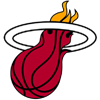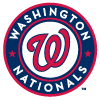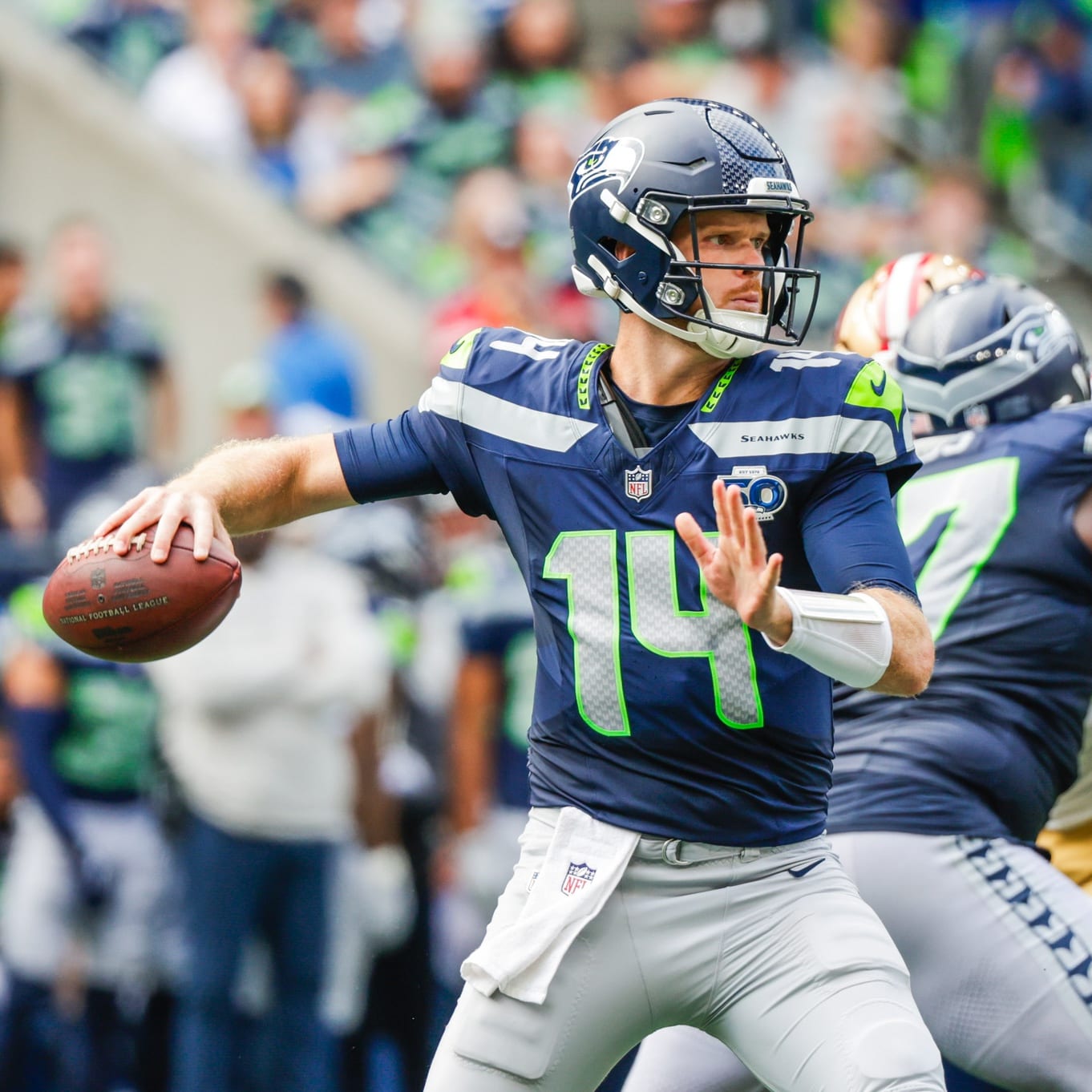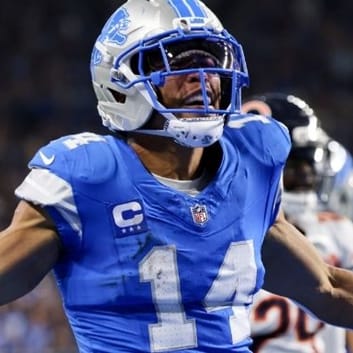This article series will run through various competitions across the league for playing time and usage. This post will look at the tight end competitions going on around the league, while upcoming articles will look at wide receiver and running back. The quarterback edition can be viewed here.
The competitions are listed alphabetically for team location, and the players are listed in order of years in the NFL. A general verdict is issued at the end of each blurb.
Mike Gesicki vs. Tanner Hudson vs. Drew Sample, CIN
Sample might 'only' be a blocker but he still might lead these three in snaps. The Bengals ask a fair amount of blocking out of their tight end reps, and neither Hudson nor Gesicki can handle much or any of them. Not only that, but the pass-catching opportunities the Bengals have shown over the years have been limited, almost as if to keep them out of the way of the wide receivers.
Generally speaking, in the Cincinnati offense the tight end is either blocking inline or chipping before loitering near the line of scrimmage for a checkdown target. Their approach might work in real-life football, but for fantasy purposes this makes it difficult to extract tight end production from the Bengals offense even though there might otherwise be a considerable amount of yardage and touchdown production on the table.
Gesicki and Hudson are both less like real tight ends and more like big slot receivers. It's possible that the departure
This article series will run through various competitions across the league for playing time and usage. This post will look at the tight end competitions going on around the league, while upcoming articles will look at wide receiver and running back. The quarterback edition can be viewed here.
The competitions are listed alphabetically for team location, and the players are listed in order of years in the NFL. A general verdict is issued at the end of each blurb.
Mike Gesicki vs. Tanner Hudson vs. Drew Sample, CIN
Sample might 'only' be a blocker but he still might lead these three in snaps. The Bengals ask a fair amount of blocking out of their tight end reps, and neither Hudson nor Gesicki can handle much or any of them. Not only that, but the pass-catching opportunities the Bengals have shown over the years have been limited, almost as if to keep them out of the way of the wide receivers.
Generally speaking, in the Cincinnati offense the tight end is either blocking inline or chipping before loitering near the line of scrimmage for a checkdown target. Their approach might work in real-life football, but for fantasy purposes this makes it difficult to extract tight end production from the Bengals offense even though there might otherwise be a considerable amount of yardage and touchdown production on the table.
Gesicki and Hudson are both less like real tight ends and more like big slot receivers. It's possible that the departure of slot wideout Tyler Boyd opens up more usage for the tight ends in the form of more slot reps, but it's doubtful to be enough to make a huge difference, especially if Gesicki and Hudson are fighting for playing time. Gesicki probably has the better downfield game from the seam, but despite his great athleticism Gesicki has always been an awkward runner after the catch. Hudson definitely has Gesicki beat for underneath and YAC functions.
Verdict: There's probably nothing to see here – the Bengals don't feature many viable pass-catching looks for the tight end and the duo of Gesicki/Hudson should otherwise cancel each other out while they fight for the same meager portion
Luke Musgrave vs. Tucker Kraft, GB
Musgrave was a second-round pick and Kraft was a third-round pick last year, so expectations are high for both players. There's a chance the Packers commit upwards of 1,300 snaps between the two of them, and both of them would likely warrant 800-snap roles if it weren't for the other getting in the way. It's a good problem for the Packers and a challenging one for fantasy investors.
For fantasy purposes we probably should prioritize Musgrave if only for the fact that Kraft has established himself as the superior blocker of the two. Kraft is a great athlete and plenty capable of making plays downfield, but he doesn't often get deployed downfield because at nearly 260 pounds he provides so much mass from the inline rep. At a leaner 6-foot-6, 250 pounds Musgrave lacks the same anchor as Kraft, so it makes sense for Musgrave to line up wide of Kraft, which is often to say the slot.
Kraft showed he could thrive in a 60-snap role while Musgrave was injured last year, but with Musgrave back we'll probably see the duo split something like 80 snaps most weeks. The problem in either case is that's is difficult to scale up their production, both because of each other and because of Green Bay's competitive wide receiver rotation.
Verdict: Musgrave will get the first opportunity as a downfield receiver, while Kraft will be better in real life football than in fantasy football
Kylen Granson vs. Jelani Woods, IND
Granson had the Colts offense to himself in 2023 while Woods missed the season due to a hamstring injury, and in his audition as starter Granson was not terribly impressive. Granted, quarterback Gardner Minshew's limitations must have held back Granson to some extent, but it still felt like the Colts were desperate for Granson to step up and he simply didn't do it.
A player like Granson needs to pretty much rake as a pass catcher because at around 6-foot-2, 240 pounds Granson doesn't offer any blocking utility. To this point Granson's pass-catching production in the NFL have been most empty calories – little bits of yardage here or there but rarely in a way that hurt the defense at the time. Far short of raking, whatever it was.
Woods offers the Colts a potential improvement. Woods is a surprisingly bad blocker himself for someone generally huge at 6-foot-7, 253 pounds, but at least his frame will dictate personnel responses from the defense, whereas against Granson you can usually match up whoever is hanging around and do fine. At five inches taller and 10 pounds heavier than Granson Woods is also about 0.1 seconds faster in the 40-yard dash, boasting a 4.61-second combine time compared to Granson's pro day 4.64.
Indeed, although Woods missed the 2023 season he showed more in 2022 alone than Granson has in three seasons. Woods isn't an especially versatile route runner – he needs some windup time and can be knocked off course if he doesn't get a clear lane to run – but once he hits his stride he quickly becomes a danger for the defense down the seam. The seam will be particularly difficult to defend against the Colts, because both Jonathan Taylor and Anthony Richardson demand more attention from the safeties and linebackers than nearly any of their peers. If a defense wants to crash down on the run threat posed by Richardson they very simply do so at the cost of cutting loose Woods, and the seam is a very bad place to cut loose a 6-foot-7 guy who runs a 4.61.
Even if Woods only excels off of playaction down the seam, it could be such a clinching function for the Colts that they go to it repeatedly in high-leverage situations. There's a non-zero chance Woods leads the Colts in touchdown receptions in 2024, even though the favorite for that distinction (Michael Pittman) might catch 2.5x as many passes as Woods generally.
Verdict: Woods takes over and plays 550-to-650 snaps in 2024, Granson drifts to the periphery
Will Dissly vs. Hayden Hurst vs. Donald Parham, LAC
Dissly is a durability concern but he's a good blocker and when he's not blocking well he's usually providing surprisingly explosive returns as a receiver. Dissly has a rather outrageous career catch rate of 81.4 percent at 9.1 yards per target. The catch is that Dissly doesn't draw many targets, with his career-high target count being 38 in 15 games during the 2022 season.
That Dissly doesn't draw many targets won't be a problem for Jim Harbaugh, who's more so concerned with setting the tone in the trenches. If Dissly continues to block at a standout level and continues to provide per-target returns even vaguely along the lines of what he did in Seattle then the Chargers will simply have no reason to put Dissly on the bench.
Hurst and Parham are both capable of running more route types than Dissly, but they're probably fighting for the same small piece of pie in an offense that just doesn't figure to channel much usage through the tight end position. It's a little similar to the Cincinnati example with Gesicki and Hudson playing a zero-sum game behind the blocking specialist Sample.
Verdict: Dissly rakes in real-life football but does little for fantasy purposes, Hurst remains irrelevant
Colby Parkinson vs. Davis Allen vs. Hunter Long, LAR
Tyler Higbee is trying to return from a torn ACL + MCL injury that occurred Jan. 14. Higbee will definitely try to return at some point in 2024, but there's no guarantee he's activated in time with an injury this severe occurring so late in the 2023 season.
Both Parkinson and Allen appear at least somewhat capable as replacements, and potentially they could prove more than that. Allen seemed to earn the trust of Sean McVay last year as a rookie fifth-round pick, though it took injuries to Higbee and Long (knee) for Allen to get his starting opportunity against the Ravens while Higbee was out in Week 14. Allen thrived in that game, catching four passes for 50 yards and a touchdown on five targets, so at the very least the Rams know Allen is a prepared backup.
What remains to be seen is (A) how much Long might have left as a post-hype prospect and (B) whether the free agent pickup Parkinson is better than Davis and Long both at the moment.
Parkinson played in a rotational role in Seattle alongside Noah Fant and Will Dissly. Those two are good tight ends, so we can probably forgive Parkinson for playing off the bench. Parkinson was highly efficient the last two years, turning 68 targets into 50 receptions for 569 yards and four touchdowns (73.5 percent catch rate, 8.4 YPT), and the Rams paid him a decent amount in free agency to sign him from the division rival Seahawks. Whereas Allen is a second-year fifth-round pick and Long a discarded former prospect, Parkinson logged 898 quality NFL reps the last two years and now joins the Rams on what will likely be a two-year deal worth about $15.5 million.
As much as the Rams presumably value Allen and as much as Long isn't completely toast yet, it would be surprising for the Rams to pay Parkinson just under $8 million per year to be anything less than starter.
Verdict: Parkinson claims a role similar to pre-injury Higbee
Daniel Bellinger vs. Theo Johnson, NYG
Bellinger and Johnson are both quality tight end prospects, and they should both prove good players for the Giants. The problem for fantasy purposes is that neither is a natural receiver, exceptional as their athletic tools are otherwise.
Bellinger (6-foot-5, 253 pounds) and Johnson (6-foot-6, 259 pounds) are both big tight ends and they both boast standout athleticism. Johnson is especially freakish with a 4.57-second 40-yard dash and 39.5-inch vertical, but Bellinger's 4.63-second 40 and 125-inch broad jump are both excellent marks, too. If either of these guys can develop their skill set as pass catchers then they'd definitely have the wheels to do real damage with it.
Johnson is presently a question mark on this point, whereas Bellinger is probably trending toward being a known negative as a volume receiver. Bellinger should remain a quality checkdown target – his 55 catches for 523 yards and two touchdowns on 63 targets is extremely efficient – but the fact that Bellinger has only 63 targets on 1,215 snaps shows he simply does not get open as a route runner. This is largely corroborated by Bellinger's stats at San Diego State, where he always drew curiously low target counts despite his standout athleticism.
Whereas Bellinger has given extensive reason to doubt his NFL pass-catching upside, Johnson merely remains unproven. Johnson will turn 24 in February, so he has surprisingly little development time to get going on this question, but he does have a little more going for him as a prospect than Bellinger did.
Not only is Johnson more toolsy than Bellinger, but Johnson was slightly more active as a pass catcher at Penn State than Bellinger was at San Diego State. Even while splitting snaps with fellow NFL prospect tight ends Brenton Strange and Tyler Warren, Johnson's target volume was about the same as Bellinger's was at San Diego State, where there weren't any other notable tight ends to split playing time with.
Johnson faces likely limitations as a receiver – he probably won't offer much in the way of volume – but Johnson's combination of size and speed could make him a viable big-play seam option at the very least. Bellinger seems limited to functioning around the line of scrimmage, whereas Johnson might offer some semblance of a downfield threat.
Verdict: Neither is likely to do much pass catching in a Daniel Jones offense, but Johnson offers more potential
Zach Ertz vs. Ben Sinnott, WAS
Ertz is probably a good Locker Room guy and he very well might prove a notable contributor to a repaired Washington football culture, but that would be the extent of his offerings at this point. Ertz is a former great, but even at his best Ertz was less an athlete and more a technician. If Ertz was running a 4.76 40 in 2013 then he's probably running a 5.0 now. Ertz was never a blocker, and now he can't run routes either.
On the field, Sinnott is a jarring contrast to even the pre-decline version of Ertz. Whereas even peak-Ertz got by with smarts and slick moves rather than physical ability, Sinnott is almost brutishly strong and fast in comparison. Ertz ran his 4.76 at 249 pounds with a 30.5-inch vertical and 111-inch broad jump. Sinnott weighed in at 250 before logging a 4.68-second 40, 40-inch vertical and 126-inch broad jump. Sinnott even posted an elite agility score of 11.05 for good measure.
John Bates will likely remain active as a blocking specialist at tight end, so that leaves room for one pass-catching specialist to make a fantasy impact at tight end in Washington. This clearly results in a zero-sum game between Ertz and Sinnott. Perhaps Washington initially tries Ertz in this role, and perhaps they even stick with it for some time. Either move would be misguided and would be increasingly difficult to justify each week.
Hopefully Kliff Kingsbury and the other relevant Washington coaches saw last year what happened with Ertz and Trey McBride in Arizona. The Cardinals initially gift-wrapped the starting role to Ertz despite clearly lacking the physical ability to earn it, and for seven weeks the Cardinals voluntarily tanked their offense before a quadriceps injury mercifully sent Ertz to the bench. If the Commanders start Ertz over Sinnott they are making the exact same mistake.
Verdict: Ertz might be an obstacle to Sinnott, but likely only a temporary one





































